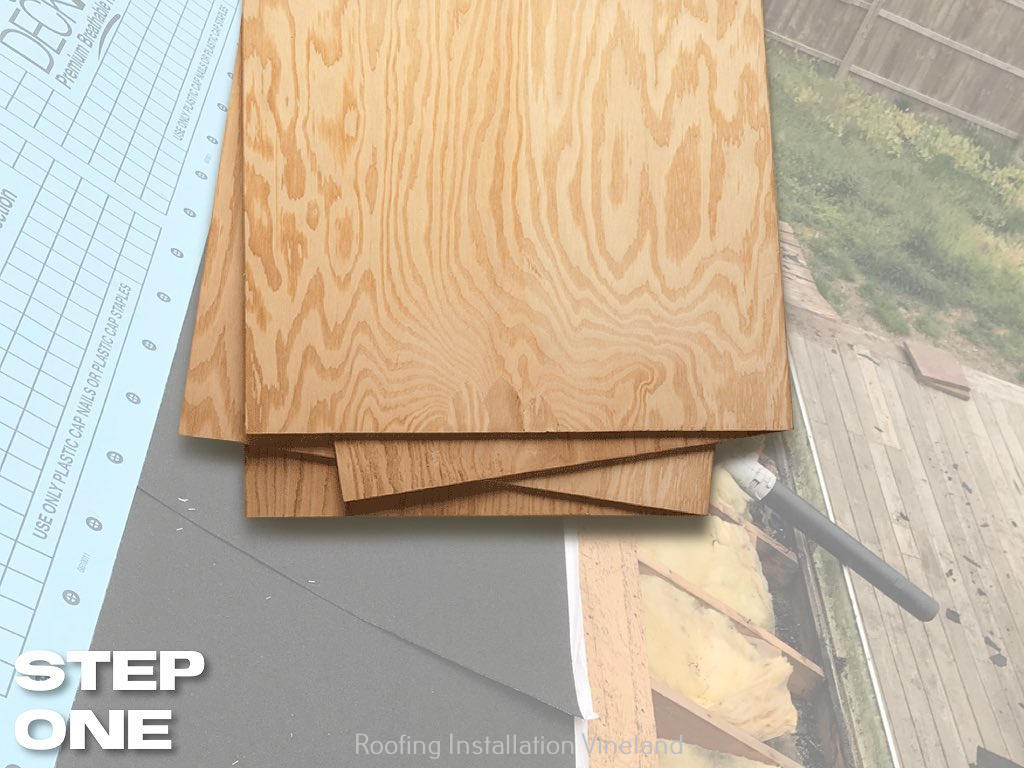Architectural Oddity and Symbol of Resilience
The Palace of Depression, located in Vineland, New Jersey, is an iconic architectural oddity and a symbol of one man’s determination to overcome adversity during the Great Depression. Conceived by George Daynor in the 1930s, the Palace is a testament to resourcefulness and creativity in the face of economic hardship. Visit this link for more information.
Unconventional Construction and Materials
Constructed using unconventional materials such as old car parts, discarded tires, and scavenged materials, the Palace of Depression is a quirky manifestation of Daynor’s vision. The eclectic design incorporates various architectural styles, creating a whimsical structure that defies traditional norms. Read about Cunningham Park: A Cozy Retreat in Vineland, New Jersey here.

Historical Restoration and Preservation
Though faced with years of neglect, the Palace of Depression has undergone restoration efforts to preserve its historical significance. The Vineland Historical and Antiquarian Society has played a pivotal role in these efforts, ensuring that this unique landmark remains a living testament to an era gone by.
Cultural Heritage and Tourist Attraction
Today, the Palace of Depression is a cultural heritage site and a tourist attraction. Guided tours offer visitors insight into the history of the Depression era and the indomitable spirit of its creator.
Living History and Educational Resource
The Palace of Depression is a relic of the past and a living history lesson. Educational programs and events hosted at the site allow visitors to step back in time and gain a deeper understanding of the challenges faced by people during the Depression.



